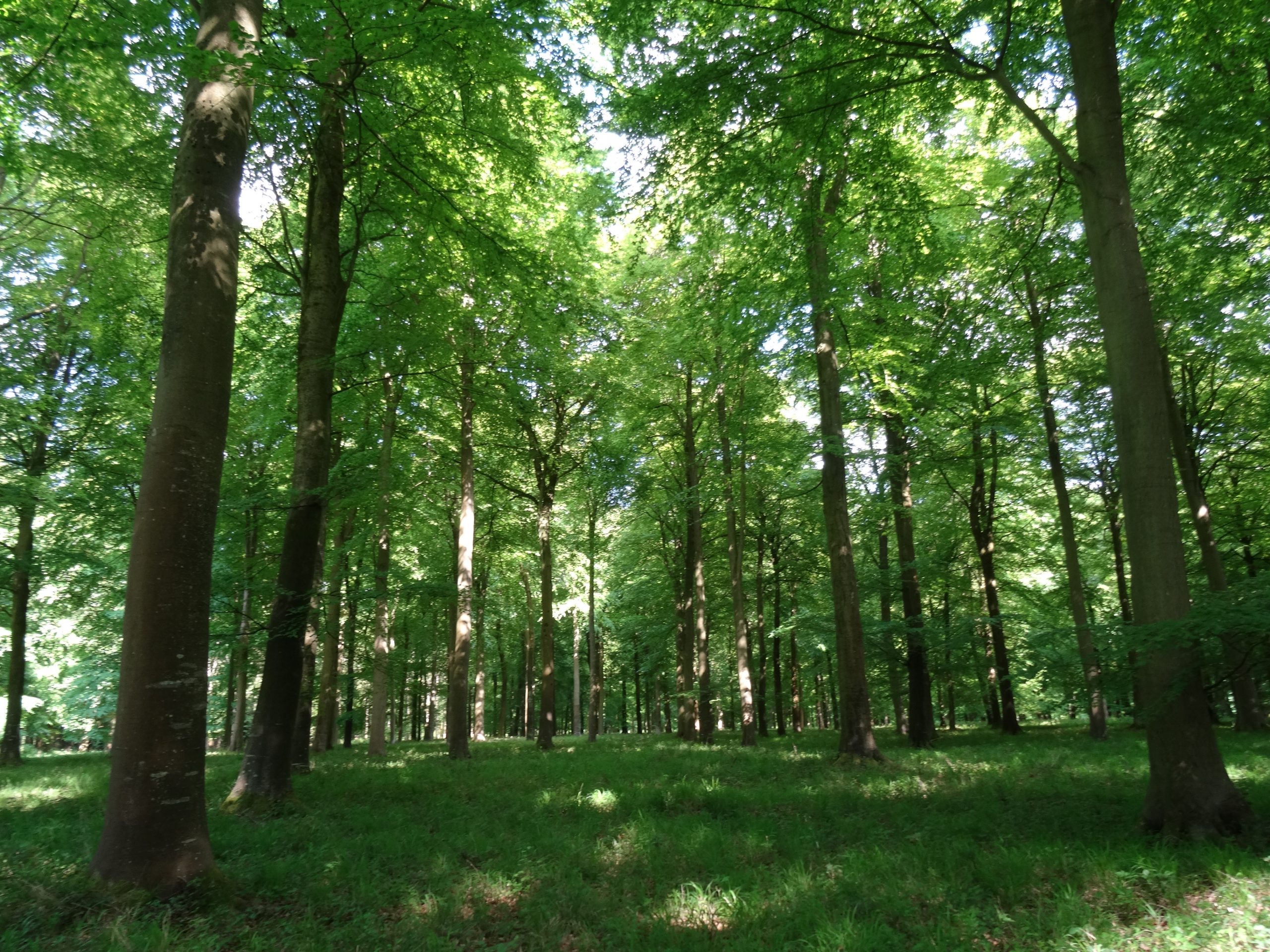Mid-rotation variation in growth, form and phenology of sycamore (Acer pseudoplatanus L.) provenances in field trials in England paper published
Future Trees Trust and Forest Research Sycamore provenance paper has now been published.
Field trials containing 8–10 sycamore seed sources were established on ‘farm woodland’ sites in 1992 to identify the most productive and adapted seed sources for use in lowland Great Britain. Early results from these trials found little difference among provenances for growth traits. To guide the next steps of sycamore improvement in the British Isles, three of the five original trials have been revisited and assessed for variation in growth and form at 27 years, which is between one-third and half rotation age. There were large differences in growth among sites but differences among provenances were small or non-significant and showed no interaction across sites. Spring phenology evaluation from one of the trials demonstrated that timing of bud burst was negatively associated with latitude which was the only trait providing any evidence of adaptive differentiation among provenances. However, the effect was small and driven by much later flushing of French and German seed sources than British seed sources. Given the lack of clear provenance differentiation and qualitatively similar rankings across sites, we found no justification for subdividing Britain into breeding zones for sycamore at this stage, nor for excluding material from mainland Europe in planned progeny tests.
Visit Our Resources and search Sycamore for the full paper.
View published paper directly from our website:


Leave A Comment